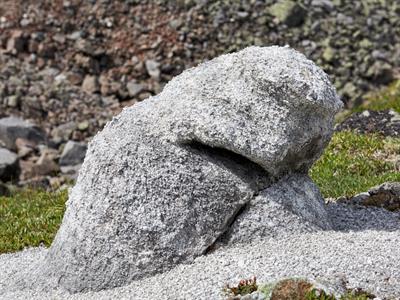
PUMPA - SMART LEARNING
எங்கள் ஆசிரியர்களுடன் 1-ஆன்-1 ஆலோசனை நேரத்தைப் பெறுங்கள். டாப்பர் ஆவதற்கு நாங்கள் பயிற்சி அளிப்போம்
Book Free DemoWeathering
Weathering can be defined as the breaking down or dissolving of rocks and minerals on the surface of the Earth by their exposure to the atmosphere. Water, ice, acids, salts, plants, animals, and changes in temperature are the agents of weathering.
There are three types of weathering
- Physical weathering,
- Chemical weathering and
- Biological weathering
Physical weathering
Physical weathering is the physical disintegration of rock without changing its chemical composition through the action of various physical forces. It is also called mechanical weathering.
Physical weathering can take place through repeated temperature changes, i.e. when the rock is subjected to repeated heating and cooling. This repeated expansion and contraction occur only on the surface of the rock. This repeated expansion and contraction will give rise to cracks initially, and finally, disintegration occurs. Exfoliation, block disintegration, granular disintegration etc., are the different types of physical weathering.
Exfoliation
As the name denotes, the layers of rock surfaces disintegrate and fall apart (just like peeling of onion layer by layer) due to repeated heating and cooling. Sheeting and shattering are the other forms of exfoliation.

Exfoliation
Granular disintegration
A form of weathering where the grains of rock become loosened and fall out is called Granular disintegration. It takes place in crystalline rocks, which becomes rough on disintegration. Temperature and frost plays a vital role in granular disintegration.

Granular disintegration
Block disintegration